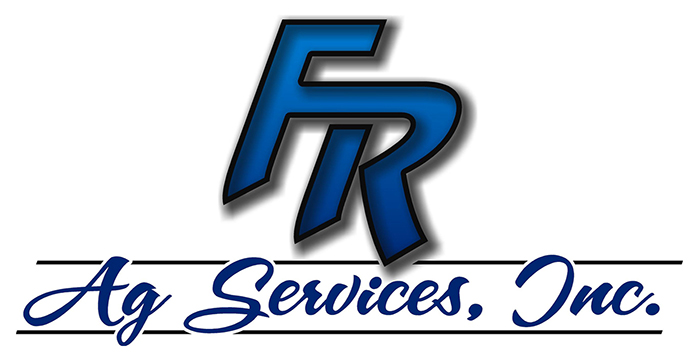By Dr. Michael Payne, UC Davis, School of Veterinary Medicine and Director, CDQAP | Originally Published in CDQAP’s April Newsletter
For many producers there is a no more pressing concern than the identification of Highly Pathogenic Avian Influenza (HPAI) in dairy cattle. As of this writing there has been laboratory confirmation of HPAI infection in 26 herds in 8 states including Texas, Kansas, Michigan, New Mexico, Idaho, Ohio, South Dakota and North Carolina.
The disease syndrome has not been reported in California nor in beef cattle in any state. As new rounds of testing are completed, there will likely be additional infected herds identified. Importantly, there is epidemiologic evidence that the disease has been passed from infected herds to uninfected herds through the transfer of infected, but asymptomatic cattle.
So much guidance, so little time.
Producers are understandably concerned about protecting their herds and you can’t swing a barn cat around without hitting a new guidance telling producers what to do. USDA and NMPF have both produced biosecurity recommendations. CDQAP outreach has focused on California producers. CDC has released interim guidance for employees on infected farms. The list of recommendations seems to grow overnight.
We still don’t know exactly how the virus is passed from bird-to-cow or from cow-to-cow, making it challenging to have confidence in prioritizing specific preventative actions. Over the last several weeks however, laboratory and epidemiologic investigations have yielded important clues about which actions might be effective.
Wild birds introduced Bird Flu to Midwest cattle: it could happen in California too.
Genetic sequencing of virus samples from both affected cattle and wild birds found on affected farms confirmed the same HPAI strain and lineage that has been circulating within North American wild birds for the last several years. The same strain was also detected in barn cats and the single human case in a dairy employee. This has led both researchers and regulators to conclude that wild birds were the source of the original virus introduction of into the Midwest dairy industry.
This same viral strain has been circulating in wild birds in California, with almost half of the state’s counties reporting HPAI detection in wild birds over the last year. This raises the specter of West Coast dairy herds becoming infected from wild birds independent of importation of infected Midwest cattle. CDQAP and CDFA will deliver more outreach on wild bird control on dairies soon.
Transmission from herd-to-herd has involved asymptomatic cattle.
Dairy herds in Idaho, Michigan, and Ohio are reported to have recently received animals from affected herds or states, suggesting that “lateral transmission” from cow-to-cow had occurred. Similarly, field reports from an affected North Carolina herd suggested that cattle from Texas had cleared the virus after passing it on to resident cattle which subsequently tested positive. Critically, neither the new additions nor the positive resident cows ever exhibited symptoms. This reinforces the importance of knowing the source history of herd additions as well as completing segregation (“quarantine”) of new arrivals for at least three weeks.
High shedding in the milk means potential transmission during milking.
The PCR assay used to diagnose HPAI infection suggests that some of the highest viral loads in cattle are observed in the milk. If additional research confirms the virus has an affinity for mammary tissue, it raises the potential that the virus could be transferred during milking. If so it would support removing symptomatic cattle from milking strings quickly, in order to keep the number of infected milking cows as low as possible.
Differences in disease severity may suggest post-infection biosecurity could help.
While a terrible event for any involved producer, different herds have reported different percentages of infection in milking strings. Anecdotal reports raise the tantalizing possibility that internal biosecurity measures implemented quickly might limit within herd spread. Reporting unusual symptoms, particularly an acute fall in appetite, rumination or milk production should be reported to the herd veterinarian immediately, potentially allowing for timely herd mitigations.













